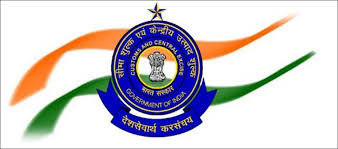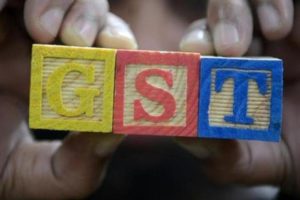 The government announced today that the GST revenue for the month of April has crossed Rs 1 lakh crore – a first since GST was rolled out in July last year. As mentioned by the Ministry of Finance, the total gross GST revenue collected in April is Rs 1,03,458 crore.
The government announced today that the GST revenue for the month of April has crossed Rs 1 lakh crore – a first since GST was rolled out in July last year. As mentioned by the Ministry of Finance, the total gross GST revenue collected in April is Rs 1,03,458 crore.
Out of that CGST (Central GST) amounted to Rs 18,652 crore, while SGST (State GST) amounted to Rs 25,704 crore. IGST (Integrated GST) stood at Rs 50,548 crore, including Rs 21,246 crore that was collected on imports, and cess at Rs 8,554 crore, including Rs 702 crore collected on imports.
As mentioned in ANI, the finance ministry also noted that the central and state governments earned a total revenue of Rs 32,493 crore in CGST and Rs 40,257 in SGST, after settlement in April.
Moreover, the ministry noted that out of 87.12 lakh, 60.47 lakh GSTR 3B returns were filed for March till April 30. That makes 69.5% of the eligible proportion. The ministry also said that 11.47 lakh out of 19.31 lakh composition dealers filed their quarterly return (GSTR 4), amounting to 59.40%. In total Rs 579 crore in taxes were paid, which is included in the aforementioned GST revenue figure.
The ministry said, “The buoyancy in the tax revenue of GST reflects the upswing in the economy and better compliance. However, it is usually noticed that in the last month of the financial year, people also try to pay arrears of some of the previous months. Therefore, this month’s revenue cannot be taken as a trend for the future.”
The recently introduced e-way bill might be the reason behind the sudden spike in GST revenues. E-way bill, which is generated for consignments moving inter-state or intra-state was rolled out in April. The inter-state e-way bill was introduced in April 1, while the intra-state one was pushed to April 15.
The GST Council is scheduled to meet on May 4 next.
Source: Business Today




